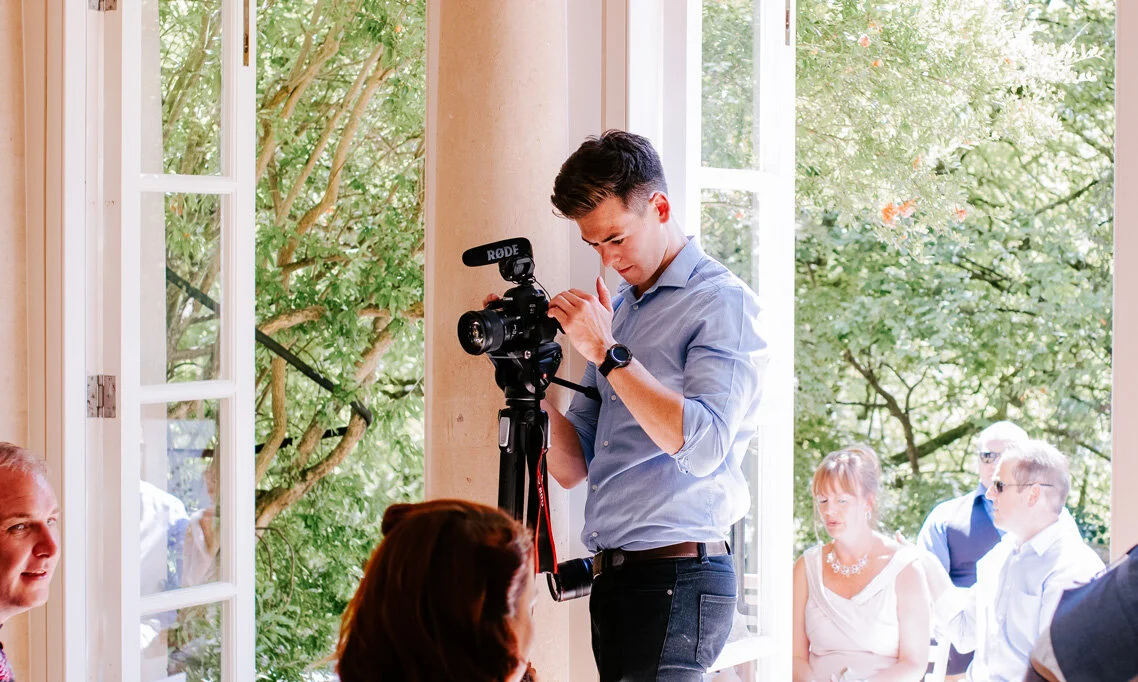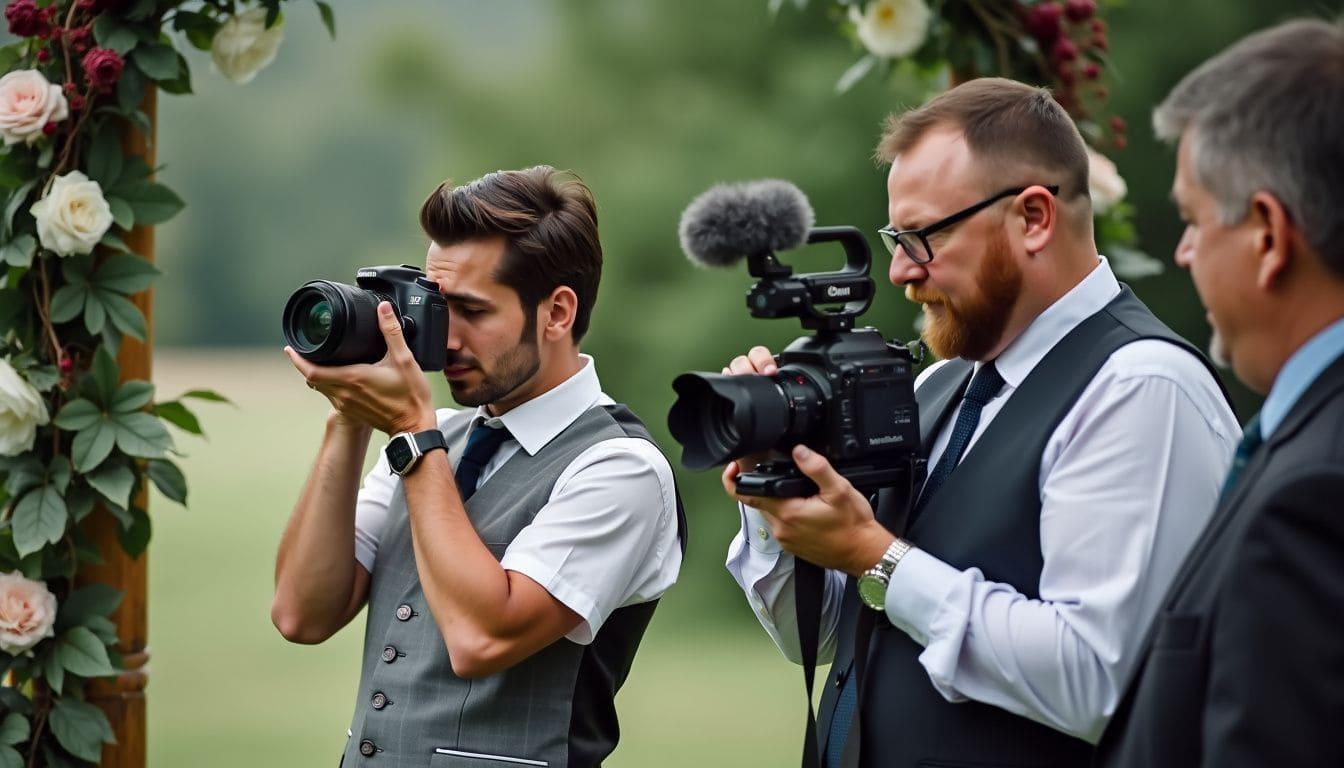The Unseen Power of Imagery: Why Visual Storytelling Dominates Modern Communication
In an increasingly digital and attention-scarce world, capturing and retaining an audience's focus is paramount. Text-heavy content, while informative, often struggles to break through the constant stream of information. This is where the profound power of visual storytelling steps in, transforming mere data into memorable experiences that resonate deeply with viewers.
Humans are inherently visual creatures. Our brains process images significantly faster than text, making visual content an incredibly efficient medium for communication. This innate preference means that businesses and organizations that effectively leverage imagery are better positioned to convey complex ideas, evoke emotions, and forge stronger connections.
Visual storytelling is more than just adding pictures to an article; it's about crafting a narrative through compelling images, graphics, and videos. It involves strategically selecting visuals that not only support the message but also enhance its emotional impact, creating a cohesive and engaging experience that guides the audience through a specific journey.
The true significance lies in its ability to transcend language barriers and cultural differences. A powerful image can communicate universal truths and feelings, fostering a sense of understanding and empathy that words alone might struggle to achieve. This universal appeal makes it an indispensable tool for global outreach and community building.
For CreativeFusionBase, understanding this dynamic is at the core of our approach. We recognize that effective communication in today's market demands more than just information delivery; it requires an immersive experience that captivates and inspires. Visual storytelling offers precisely this capability, building bridges between brands and their communities.
This article explores the multifaceted reasons why visual storytelling is not merely a trend, but a fundamental shift in how we connect. We will delve into its applications, benefits, and the expert perspectives that underscore its critical role in shaping perceptions and driving engagement across diverse platforms and industries.
Where Visual Storytelling Makes an Impact
-
Marketing & Brand Building: Visuals instantly capture attention, building strong brand recognition and emotional resonance. They efficiently convey values, though poorly chosen images can risk misinterpretation or dilute the message.
-
Education & Information Clarity: Complex concepts become digestible through infographics and videos, enhancing learning and retention. A limitation is the significant resource investment required for high-quality, accurate visual content creation.
-
Internal Communication & Cohesion: Visuals clarify internal messages, fostering better understanding and alignment among team members. A challenge is ensuring visual consistency across diverse internal platforms and accessibility.
Expert Perspectives on Visual Narrative
Experts widely agree that visual content is no longer optional but essential for effective communication. Studies consistently show that content with relevant images receives significantly more views and shares than text-only content. This underscores the imperative for businesses to integrate robust visual strategies into their overall communication plans to remain competitive.
However, the mere presence of visuals is insufficient. The consensus among content strategists emphasizes the importance of quality and relevance. Generic stock photography, for instance, often fails to resonate authentically with audiences, potentially undermining trust. The visual narrative must align seamlessly with the brand's identity and the specific message being conveyed.
A key debate revolves around authenticity versus polished production. While high-quality production is often desired, an overly curated or artificial look can sometimes deter audiences seeking genuine connection. Many experts advocate for visuals that feel authentic and relatable, even if they are less "perfect," arguing that sincerity fosters deeper engagement.
Furthermore, the analytical perspective highlights the measurable impact of visual storytelling. Data indicates that visually rich content can lead to higher conversion rates, increased time spent on pages, and improved recall of key messages. These metrics provide a compelling argument for allocating resources towards sophisticated visual strategies, proving their tangible value.
The future of visual storytelling, according to forward-thinking analysts, lies in interactive and immersive experiences. Augmented reality, virtual reality, and personalized dynamic visuals are emerging as powerful tools to engage audiences on an entirely new level. These innovations promise to transform passive viewing into active participation, deepening connections even further.
Embracing the Visual Future
In conclusion, visual storytelling is undeniably a cornerstone of modern communication. Its capacity to convey complex narratives and evoke emotions rapidly makes it an indispensable asset for driving engagement, understanding, and deep connection in today's fast-paced world.
Embracing thoughtful, authentic visual strategies is key. CreativeFusionBase is dedicated to helping organizations harness this power, ensuring they can effectively communicate their unique stories and forge meaningful relationships with their target communities.
“This article perfectly articulates the power of visuals. We've seen firsthand at our firm how much more impactful our messages become with a strong visual narrative. Great insights from CreativeFusionBase!”
— Uday Ganesh
“Thank you for your feedback! We're delighted to hear our insights resonate with your experiences. The impact of visual storytelling truly is transformative.”
— Kaveri Yadav
“While I agree visuals are important, the challenge of creating *high-quality* visuals consistently for all platforms can be significant. It often requires substantial resources.”
— Minal Tiwari
“You raise a very valid point. Resource allocation for quality visual content is indeed a common challenge. Strategic planning and leveraging expert partners can help mitigate this effectively.”
— Govind Awasthi







